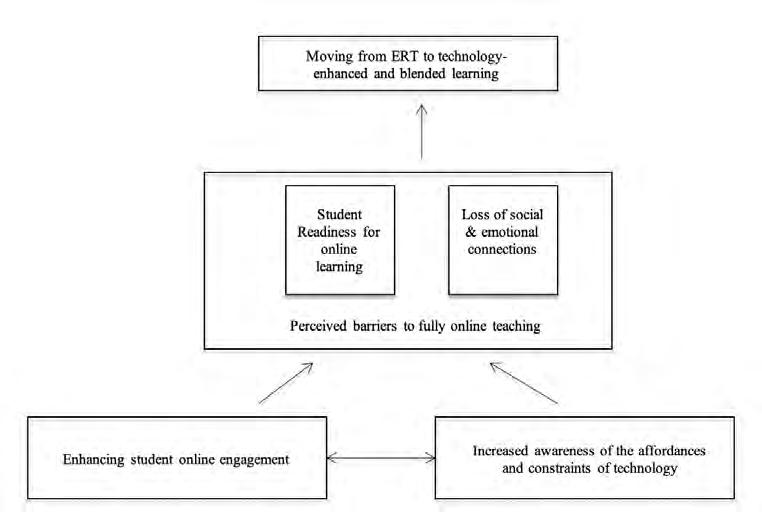
2 minute read
Notes on Contributors
Editorial Advice
Preparing a submission to the IAFOR Journal of Education is more than writing about your research study: it involves paying careful attention to our submission requirements. Different journals have different requirements in terms of format, structure and referencing style, among other things. There are also some common expectations between all journals such as the use of good academic language and lack of plagiarism. To assist you in reaching the review stage for this or any other peer-reviewed journal, we provide the following advice which you should check carefully and ensure that you adhere to.
1. Avoiding Plagiarism
Plagiarism is a practice that is not acceptable in any journal. Avoiding plagiarism is the cardinal rule of academic integrity because plagiarism, whether intentional or unintentional, is presenting someone else’s work as your own. The IAFOR Journal of Education immediately rejects any submission with evidence of plagiarism.
There are three common forms of plagiarism, none of which are acceptable:
1. Plagiarism with no referencing. This is copying the words from another source (article, book, website, etc.) without any form of referencing. 2. Plagiarism with incorrect referencing. This involves using the words from another source and only putting the name of the author and/or date as a reference. Whilst not as grave as the plagiarism just mentioned, it is still not acceptable academic practice.
Direct quoting requires quotation marks and a page number in the reference. This is best avoided by paraphrasing rather than copying. 3. Self-plagiarism. It is not acceptable academic practice to use material that you have already had published (which includes in conference proceedings) in a new submission.
You should not use your previously published words and you should not submit about the same data unless it is used in a completely new way.
2. Meeting the Journal Aims and Scope
Different journals have different aims and scope, and papers submitted should fit the specific journal. A “scattergun” approach (where you submit anywhere in the hope of being published) is not sound practice. Like in darts, your article needs to hit the journal’s “bullseye”, it needs to fit within the journal’s interest area. For example, a submission that is about building bridges, will not be acceptable in a journal dedicated to education. Ensure that your paper is clearly about education.
3. Follow the Author Guidelines
Most journals will supply a template to be followed for formatting your paper. Often, there will also be a list of style requirements on the website (font, word length, title length, page layout, and referencing style, among other things). There may also be suggestions about the preferred structure of the paper. For the IAFOR Journal of Education these can all be found here: https://iafor.org/journal/iafor-journal-of-education/author-guidelines/




